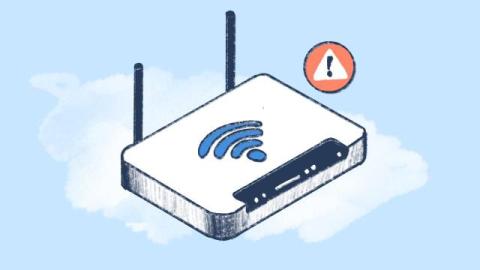Is the IT Job Market in Crisis? Insights and Tips with David Lowe & Stephanie Lundberg
The IT job market has become a hot topic of conversation. With technology evolving at lightning speed and the job market shifting in response, it's more important than ever to understand the current landscape. Is the IT job market strong, or is it on the verge of a crisis?













































